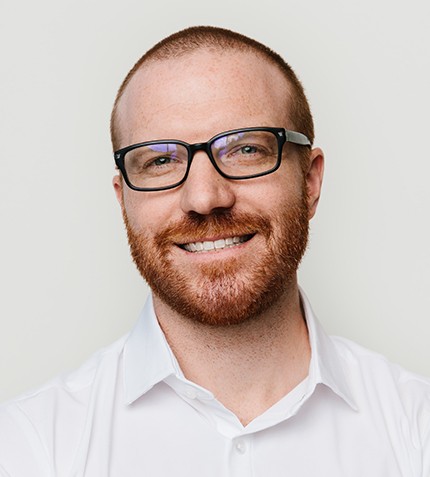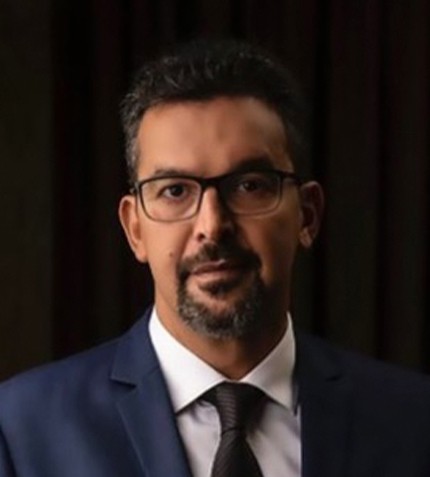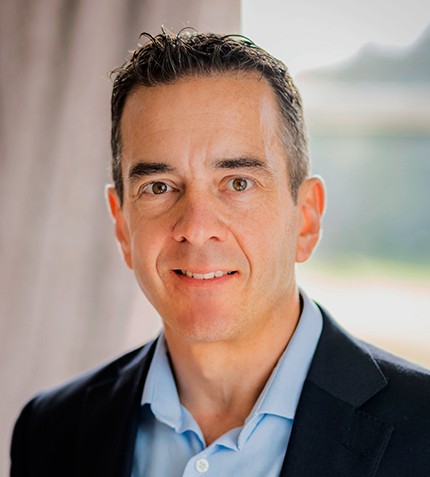
"In the most ideal circumstance you can cut the number of patients by half, because you are running a trial in which every single patient who enrolls receives the experimental therapy, and you are using a computer simulation to provide the control group. With half as many patients, a trial is at least twice as fast. This allows costs to be cut dramatically."
Charles Fisher
FOUNDER AND CEO, UNLEARN.AI
What are digital twins and what are the ways in which Unlearn.AI is using this concept to address weaknesses in how clinical trials are conducted?
A digital twin is a concept that is used all the time in engineering and other kinds of applications. The idea applied in engineering is that if you are building a device, you would simultaneously create a computer simulation of that device, where you could simulate different conditions. If you are building an engine, you might want to know what would happen if you were to rev an engine up to very high rpm's. You would want to be able to do experiments on the computer that you would not want to do on the physical device, because you risk damaging it. The idea Unlearn has is very similar. When a patient enrols in a clinical trial, we create a computer simulation of that patient. That enables us to ask, what would happen to a particular patient if they were to receive a placebo. Every clinical trial is a comparison between an outcome that would happen if a patient receives a new treatment and an alternative outcome, that would happen if the patient were to receive a placebo or some other control. What we do is take the patient and give them the experimental treatment and you observe what happens. Then we take the digital twin of that patient and we predict what would have happened if that patient had received a placebo or control. Then you can do the comparison between the observed and predicted potential outcomes to determine if that treatment was effective for that particular patient. This enables us to then run clinical trials that require fewer people being randomized to control groups.
Is the data you acquire easily available? How are you kind of going about building robust data sets?
We started with a foundation of data taken from previously completed clinical trials and there are a variety of partnerships that we have entered into with pharma companies and academic centers to be able to aggregate data from many different clinical trials. We did that, because it is the highest quality healthcare data that you can get. It still however, requires years of work to integrate these different trial data sets and to clean them. On top of that data, we leverage some data from electronic health records.
Are there any big regulatory hurdles Unlearn must overcome?
We have a very different pathway through the regulators than do many other AI companies that are operating in pharmaceuticals. If you are a company that is operating using AI to do drug discovery, you do not have any special exposure to regulators compared to a regular pharma or biotech company. For us, it is very different. We are talking about actually using AI for regulatory decision making. In fact, one of our main stakeholders is FDA and EMA. We have been pretty active in conversing with FDA and we are planning to do a submission into EMA soon.
How have clinical trials been affected by the pandemic?
The COVID-19 pandemic has caused hundreds of trials to stop. In many indications medical research has completely ground to a halt. Clinical trials have very low enrolment.. Unlearn’s primary value proposition is the ability to run trials with fewer patients. One of the things that we are actually looking into is ways that we can apply this approach to help salvage some of these trials that have had a negative impact because of low enrolment due to COVID-19.
To what extent could Unlearn cut down on clinical trial time?
In the most ideal circumstance you can cut the number of patients by half, because you are running a trial in which every single patient who enrolls receives the experimental therapy, and you are using a computer simulation to provide the control group. With half as many patients, a trial is at least twice as fast. This allows costs to be cut dramatically. For every one patient that is randomized to placebo, five or six patients can be randomized for treatment. That keeps the trial randomized and enables you to rule out alternative explanations that statisticians call confounding. In general, you are talking about increasing the speed of trials, on the order of probably 50 to 100%.










